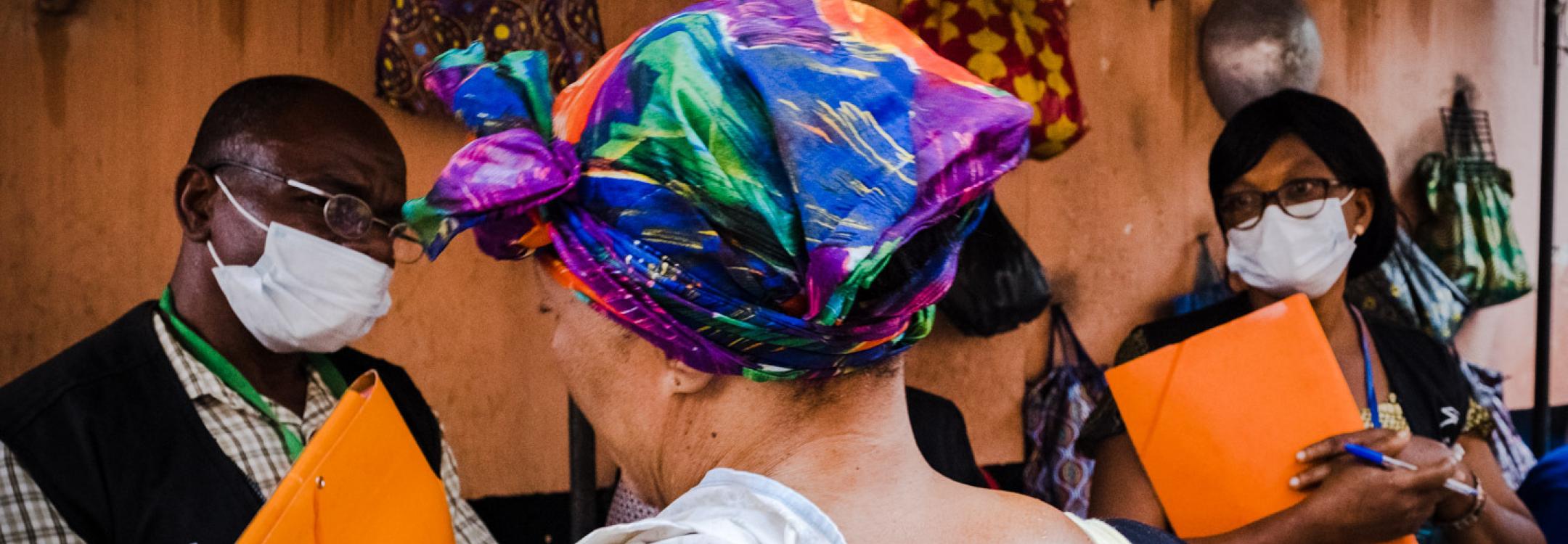What are some of the advantages and challenges faced by multiple bodies as NPM?
Body
- Existing institutions with relevant expertise and powers. Within a country an institution or institutions may already exist prior to ratification of OPCAT and be responsible for monitoring places of detention. For example, an independent prison inspectorate or a health commission. Instead of creating a new institution or choosing one institution as the NPM, several existing institutions can be designated as part of a multiple body NPM that takes advantages of this existing expertise. As with ombuds institutions and national human rights commissions, changes will almost always have to be made to the structure, mandate, and/or powers of these institutions in order to comply with OPCAT. It is also very likely that additional resources will be needed. The NPM may comprise only existing institutions, or may be a mixture of existing institutions and new specialised institutions. The number of institutions and the overall composition of the NPM may also change over time.
- Federal or decentralised states. In federal or decentralised states, individual jurisdictions may be partly or entirely responsible for certain areas of government. Responsibility for places of detention may be with state or local authorities, the central government or both. For example, a central government may be responsible for immigration detention while local authorities may be responsible for prisons and juvenile detention. Multiple body NPMs, depending on the type, may allow for more effective oversight of places at these different levels. Some OPCAT states have designated so called local preventive mechanisms (LPM) in different states and territories. In such places, the NPM system includes institutions across the states or territories, covering the whole country, as well as (in some cases) at the federal or national level. A significant challenge for this type of NPM is to ensure it maintains coherence and harmony across the states or territories.
- The multiple NPMs in federal or decentralised states may be existing institutions, new specialised bodies, or a combination. The number of institutions and the overall composition of the NPM may change over time.
- Geographical factors. While a country may not be made up of federal or decentralised states there may still be geographical reasons that a multiple body NPM makes sense. For example, different regions may experience particular detention issues or the size of the country may mean area based bodies are more practical and in closer proximity to the places they monitor. In such cases, the NPM may comprise institutions across the different regions, which together cover the whole of the country. A NPM such as this will need to ensure it maintains coherence and harmony in its approach and working methods. Such NPMs may include existing institutions, new specialised bodies, or a combination. The number of institutions and the overall composition of the NPM may change over time.
NPM Category
NPM Topic
